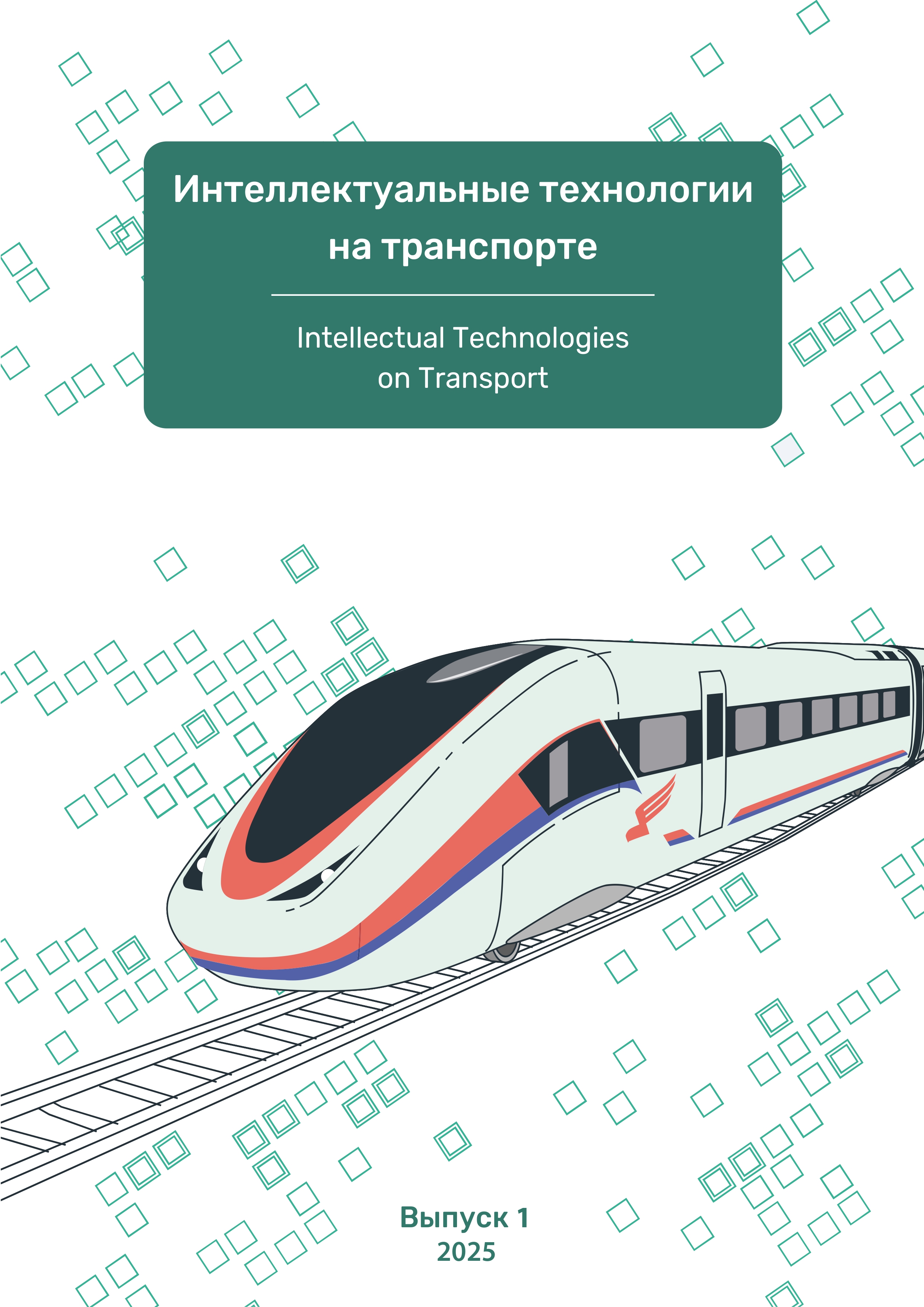Moscow, Russian Federation
graduate student
Moscow, Russian Federation
VAK Russia 2.9.8
UDC 004.896
UDC 336.7
Purpose: AI-driven functional testing of the critical information infrastructure such as a railway ticket booking and sales system is considered in order to increase the efficiency, reliability and speed of testing, as well as to reduce costs and risks associated with potential system failures. Methods: analyzing the potential of artificial intelligence methods for improving functional test technologies. Results: it is proposed to use artificial intelligence methods in constructing optimal tests and selecting test strategies, as well as in failure prediction in the automated ticket booking and sales system. Practical significance: increased functional test efficiency of critical information infrastructure systems of railway transport.
functional testing, artificial intelligence, railway transport, critical information infrastructures, digital technologies
1. Popov P. A. Primenenie tekhnologiy iskusstvennogo intellekta dlya zheleznodorozhnogo transporta [Application of AI Technologies in Railway Transport], Vestnik instituta problem estestvennykh monopoliy: Tekhnika zheleznykh dorog [Railway Equipment], 2024, No. 1 (65), Pp. 38–41. (In Russian) EDN: https://elibrary.ru/ZYYQSL
2. Yakimova S. ASU “Ekspress-3”: kak upravlyat passazhirskim kompleksom [ACS “Express-3”: How to Manage a Passenger Complex], RZhD Tsifrovoy [RZD.Digital]. Published online July 18, 2024. Available at: http://rzddigital.ru/projects/asu-eksperess-3-kak-upravlyat-passazhirskim-kompleksom/ (accessed: 29.01.2025). (In Russian)
3. Perechen tipovykh otraslevykh obektov kriticheskoy informatsionnoy infrastruktury, funktsioniruyushchikh v sfere transporta [List of typical industry objects of critical information infrastructure operating in the field of transport]. Published online August 16, 2024. Available at: http://www.mintrans.gov.ru/documents/8/13678 (accessed: 29.01.2025). (In Russian)
4. O razvitii iskusstvennogo intellekta v Rossiyskoy Federatsii [On the Development of Artificial Intelligence in the Russian Federation]: Decree of the President of the Russian Federation of October 10, 2019 No. 490 (as amended on February 15, 2024 No. 124). (In Russian)
5. IEEE/ISO/IEC 24765:2017. ISO/IEC/IEEE International Standard — Systems and Software Engineering — Vocabulary. Published August 28, 2017. New York (NY), The Institute of Electrical and Electronics Engineers, 2017, 541 p. DOI:https://doi.org/10.1109/IEEESTD.2017.8016712.
6. Tang R., De Donato L., Bes̆inović N., et al. A Literature Review of Artificial Intelligence Applications in Railway Systems, Transportation Research Part C: Emerging Technologies, 2022, Vol. 140, Art. No. 103679, 25 p. DOI:https://doi.org/10.1016/j. trc.2022.103679. DOI: https://doi.org/10.1016/j.trc.2022.103679; EDN: https://elibrary.ru/LDMWUH
7. Chen W., Liang Y., Zhu Y., et al. Deep Learning for Trajectory Data Management and Mining: A Survey and Beyond, ArXiv, 2024, Vol. 2403.14151, 25 p. DOI:https://doi.org/10.48550/arXiv.2403.14151.
8. Feroz Khan A. B., Perl I. Integrating Machine Learning and Deep Learning in Smart Cities for Enhanced Traffic Congestion Management: An Empirical Review, Journal of Urban Development and Management, 2023, Vol. 2, Iss. 4, Pp. 211–221. DOI:https://doi.org/10.56578/judm020404. EDN: https://elibrary.ru/LYTUVQ
9. Abirami S., Pethuraj M., Uthayakumar M., Chitra P. A Systematic Survey on Big Data and Artificial Intelligence Algorithms for Intelligent Transportation System, Case Studies on Transport Policy, 2024, Vol. 17, Art. No. 101247, 18 p. DOI:https://doi.org/10.1016/j.cstp.2024.101247. EDN: https://elibrary.ru/MDNILB
10. Boukerche A., Tao Y., Sun P. Artificial Intelligence-Based Vehicular Traffic Flow Prediction Methods for Supporting Intelligent Transportation Systems, Computer Networks, 2020, Vol. 182, Art. No. 107484, 21 p. DOI:https://doi.org/10.1016/j.comnet.2020.107484. EDN: https://elibrary.ru/NVGXXZ










